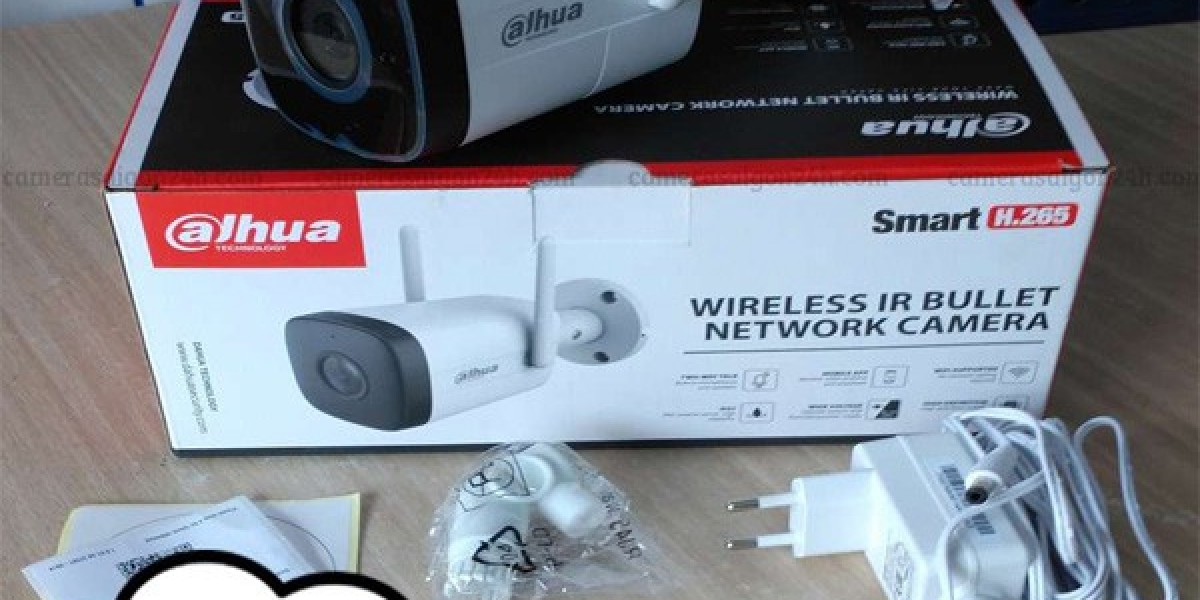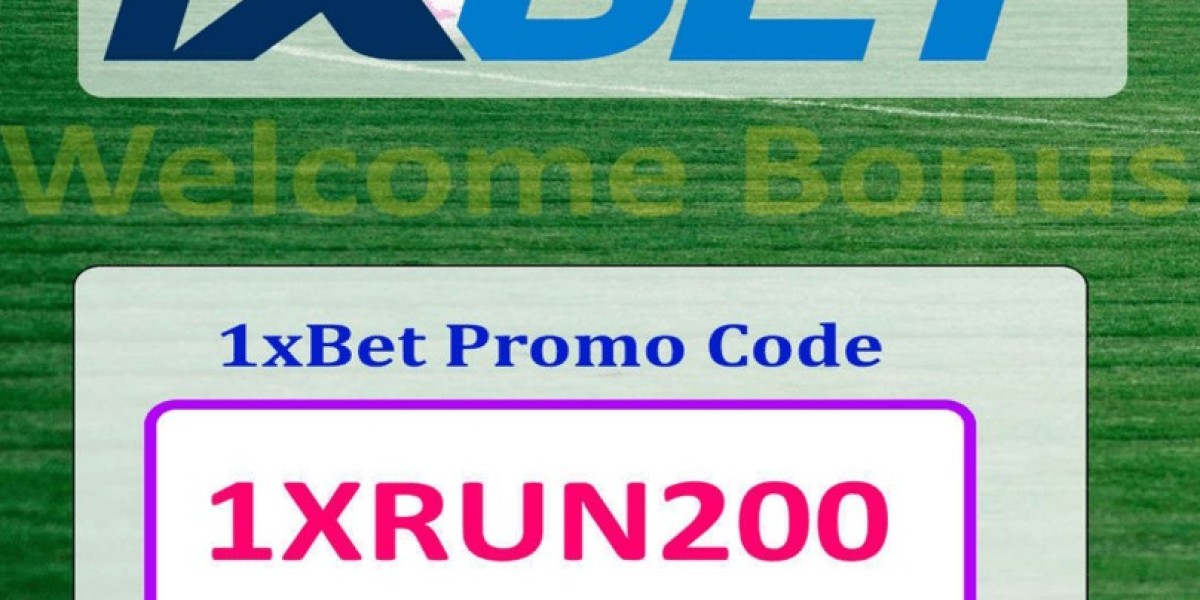In today’s fast-paced technology landscape, companies increasingly turn to outsourced product development to accelerate innovation, optimize costs, and gain access to specialized talent. However, the success of this strategy depends heavily on choosing the right partner. Selecting an outsourced product development partner isn’t just about finding a low-cost vendor — it requires a careful evaluation of technical expertise, cultural fit, communication practices, and reliability.
This comprehensive guide will walk you through the crucial steps to help you confidently select the best partner for your product development needs.
Why Outsourced Product Development?
Before diving into the selection process, it’s important to understand why outsourced software product development is an attractive option:
Cost Efficiency: Outsourcing allows companies to reduce expenses related to hiring, infrastructure, and training.
Access to Expertise: Many outsourcing firms specialize in cutting-edge technologies and industries.
Faster Time-to-Market: With a dedicated external team, development cycles can shorten.
Scalability: You can easily scale your development resources up or down without the overhead of permanent hires.
Focus on Core Business: By offloading product development, your internal teams can focus on strategy and growth.
Despite these benefits, partnering with the wrong company can lead to delays, budget overruns, or compromised product quality. Hence, selecting the right outsourced product development services provider is critical.
Step 1: Define Your Project Requirements and Goals
The first step in the product development outsourcing journey is clearly defining what you want to achieve.
Scope of Work: What product or feature needs to be developed? Include detailed technical specifications if possible.
Timeline: When do you expect the product to be ready? Are there any critical milestones?
Budget: What is your financial constraint? Be realistic and allow for some flexibility.
Technology Stack: Identify preferred technologies or platforms.
Quality Expectations: Define performance benchmarks, security requirements, compliance needs.
Post-Launch Support: Will you require maintenance or further development after launch?
Clear project goals will help you communicate effectively with potential partners and evaluate their fit accurately.
Step 2: Research Potential Partners Thoroughly
Finding potential outsourcing companies requires a combination of online research, industry referrals, and networking.
Industry Reputation: Look for companies with strong reviews on platforms like Clutch, GoodFirms, or Trustpilot.
Portfolio and Case Studies: Review their previous projects to see if they have experience relevant to your domain.
Expertise: Ensure they have proficiency in the technologies critical to your project.
Certifications and Awards: These may indicate quality and reliability.
Geographic Location and Time Zone: Consider communication ease and overlap of working hours.
Compile a list of 5–10 companies that meet your initial criteria for deeper evaluation.
Step 3: Evaluate Technical Expertise and Capabilities
Technical skills are paramount in outsourced software product development.
Assess Skill Sets: Confirm the technical qualifications of the team members who will work on your project.
Development Methodologies: Agile, Scrum, or Kanban approaches usually provide flexibility and better project visibility.
Tools and Infrastructure: Check if the company uses modern development and collaboration tools (e.g., Jira, Git, Slack).
Quality Assurance: Ensure they have a robust QA process, including automated and manual testing.
Security Practices: Especially important if your product handles sensitive data.
Many outsourcing providers will offer a technical audit or a trial period to demonstrate their capabilities. Take advantage of these options.
Step 4: Analyze Communication and Cultural Compatibility
Effective communication is often the most underestimated factor in successful outsourced product development.
Language Proficiency: Ensure the team speaks your primary business language fluently.
Communication Tools and Frequency: Confirm their willingness to have regular video calls, provide progress reports, and promptly respond to queries.
Cultural Alignment: Understanding of your market, work ethics, and holidays can minimize misunderstandings.
Project Management: Ask about their project management approach and transparency.
Good communication reduces risks and builds trust, especially in long-term partnerships.
Step 5: Request Proposals and Conduct Interviews
Narrow your list and request detailed proposals.
Compare Costs and Deliverables: Ensure the proposal covers all aspects, including development, testing, deployment, and support.
Ask for Team Profiles: Get to know the developers, designers, and project managers assigned to your project.
Technical Interviews: Consider conducting interviews or technical tests for key team members.
Clarify Contract Terms: Look closely at payment terms, intellectual property rights, confidentiality clauses, and exit policies.
Don’t hesitate to ask tough questions — a reputable provider will welcome transparency.
Step 6: Verify Legal and Security Compliance
When you engage in outsourced product development services, you entrust sensitive business information to an external party.
Non-Disclosure Agreements (NDAs): A must-have before sharing proprietary information.
Data Protection Compliance: Ensure the provider complies with relevant regulations such as GDPR, HIPAA, or CCPA.
Intellectual Property (IP) Rights: Confirm that all IP created during the project will belong to you.
Disaster Recovery and Backup: Check if they have systems in place to protect your data.
Insurance: Some providers carry liability insurance — this could be a plus.
These legal safeguards protect your business and minimize risks.
Step 7: Start with a Pilot Project
If you’re uncertain about a provider, consider starting with a smaller outsourced software product pilot.
Test Collaboration: See how the teams communicate and resolve issues.
Assess Quality: Review deliverables for technical competence and adherence to requirements.
Evaluate Timeliness: Check if deadlines are met consistently.
Measure Flexibility: How well does the partner handle change requests?
This trial run can save you from larger problems down the road.
Step 8: Establish Clear Metrics and KPIs
Once you select your partner, set measurable goals and tracking mechanisms.
Delivery Milestones: Define intermediate goals with timelines.
Code Quality Metrics: Use tools to monitor bugs, code complexity, and test coverage.
Performance Benchmarks: Load times, responsiveness, etc.
User Feedback: Incorporate user testing feedback into iterations.
Budget Tracking: Keep expenses under control with regular reviews.
Regular evaluation ensures your outsourced project stays on track.
Step 9: Foster a Collaborative Partnership
Outsourcing works best when viewed as a partnership, not a transactional vendor relationship.
Encourage Transparency: Share your business context and priorities.
Engage Regularly: Participate in sprint reviews, planning, and retrospectives.
Provide Feedback: Constructive and timely feedback helps continuous improvement.
Plan for Growth: Discuss long-term collaboration, scaling, and knowledge transfer.
A collaborative culture maximizes the benefits of product development outsourcing.
Conclusion
Choosing the right partner for outsourced software product development is a strategic decision that can propel your business forward or set it back. By clearly defining your needs, thoroughly researching candidates, evaluating technical and cultural fit, safeguarding legal aspects, and fostering open communication, you can create a successful outsourcing relationship that delivers high-quality products on time and within budget.
Remember, effective outsourced product development services are not just about finding a developer — they’re about finding a trusted ally in your innovation journey.








